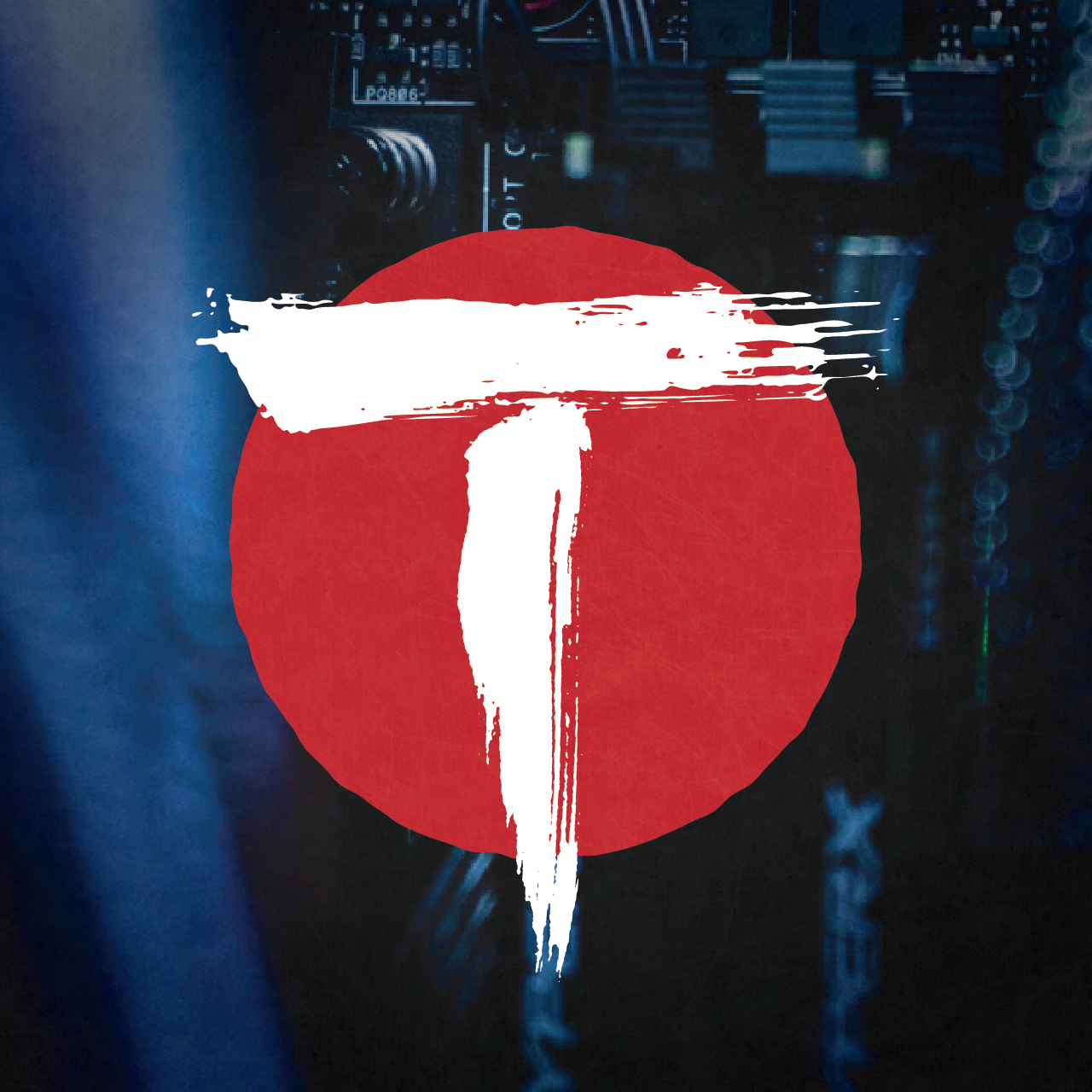Recently got some burritos from a food bank and while looking for cooking directions I found this nutrition chart. Never seen a food product use anything other than calories for energy, thought it was interesting.
I think that’s common in Europe, or maybe they list it along with kcal
I looked it up and where I live (in Europe) it’s shown as x kJ/ x kcal. I don’t think I have seen only kJ.
Pretty common in my country (New Zealand). If you want calories (technically, kilocalories), divide by 4.4.
wait, wasn’t it ~4.2?
I checked, and it looks like your answer is closer than mine.
To be fair, when dealing with quick mental math I just switch to using calories. And on my phone I have a calorie button
I was always confused by how kcal and Calories are the same in the US, but apparently it’s the capital C that is the difference. Surely some marketing ploy from the past that stuck.
Pretty common in the Netherlands, often both kCal and kJ are printed on the product label
Common all over the world.
I was entirely unaware how common and mundane this is basically everywhere outside the United States. This is the first food item I’ve seen ever list kJ here, which is why I found it interesting, but I guess it’s quite standard elsewhere!
…don’t all nutritional labels do this? Is it not a legal requirement basically everywhere?
It doesn’t seem to be the case in the U.S. Basically everything I can find that has a nutritional information label exclusively lists “Calories” and I have never seen kJ here
Random but interesting
It’s extremely confusing but there are basically 2 measurements systems for food energy:
There’s kilocalories (abbreviated as cal) and there’s kilojoules (abbreviated as kJ). It can get very confusing because some places will label them calories (cal) and Calories (kJ), lower and upper case respectively which is extremely confusing because 1 kJ is equivalent to 4.81 cal.
According to Wikipedia the US and Canada use kilocalories (cal or calories) and pretty much the rest of the world uses kilojoules (kJ or Calories).
https://en.wikipedia.org/wiki/Food_energy#Nutrition_labels
The main difference between the two is that kilocalories are a measure of heat energy, where 1 kilocalorie is the heat needed to warm 1 liter of water by 1 degree celcius. Whereas a kilojoule is a measure of energy usually described by force in newtons.
They’re both actually from the metric system, but kilocalorie is the old and obsolete form while kilojoules is the currently accepted metric measurement.
What? I’ve never seen anything other than kilocalorie in western countries.
Well it seems like Wikipedia’s list of countries is pretty sparse. They only have USA, Canada, Australia, New Zealand, UK, EU, and Brazil.
That is confusing! Thanks for the clarification and link. I guess I’ve seen kJ more than I thought, just not by a name that makes any sense lol. Never knew I’d learn so much by posting this lol
Whatever kind of energy was kept in mind as a unit was developed, all units of energy “are a measure” of the same thing: energy. And also work because that’s actually just energy. They’re just different sized units like cm vs inches or °F vs °C.
A fathom was designed to measure how deep water is, but nothing is stopping me from saying that a football field is 50 fathoms long. A calorie was designed to measure heat, but nothing stops me from saying it takes about 5 calories of work to compress a bike spring.
The reason we have the SI is that once you understand how all the different units for one quantity interact, and how they’re related to the units for another quantity, we may as well just make them interact simply and stick to one unit for each quantity to reduce confusion.
Hot take: calories are the more intuitive energy unit. “How much energy it takes to heat 1 mL aka 1 g water 1°C” is more relatable than “how much energy it takes to move a 1 kg mass 1 m while accelerating that mass at 1 m/s/s”.
kcal = Cal is silly though
Side note: I know that the heating water thing is problematic because it depends on T, P, and purity (yay thermo), which is why these days cal is defines in terms of J. That does not change my opinion.









